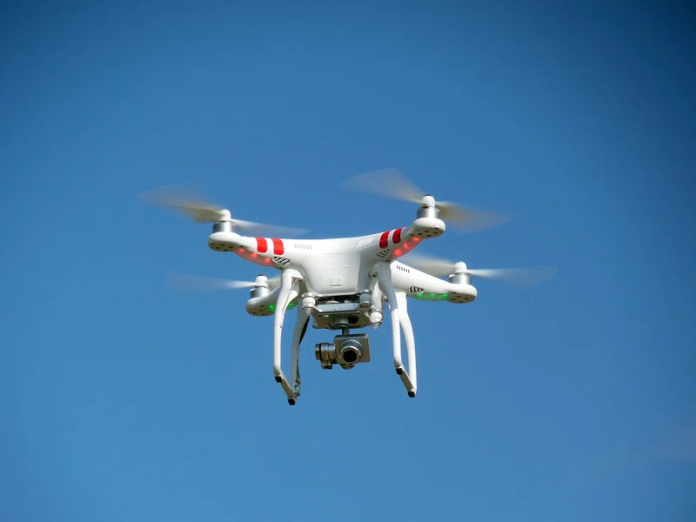
Russia’s assertion of having intercepted 312 Ukrainian drones and seven HIMARS rockets in one day highlights the volume and intricacy of the air battles now characterizing the war. Underlying the banner statistics is a modern, multi-layered air defense structure featuring systems such as the S‑400 Triumf, the test-phase S‑500 Prometey, and the Pantsir‑S1 grappling to accommodate a shifting threat environment.
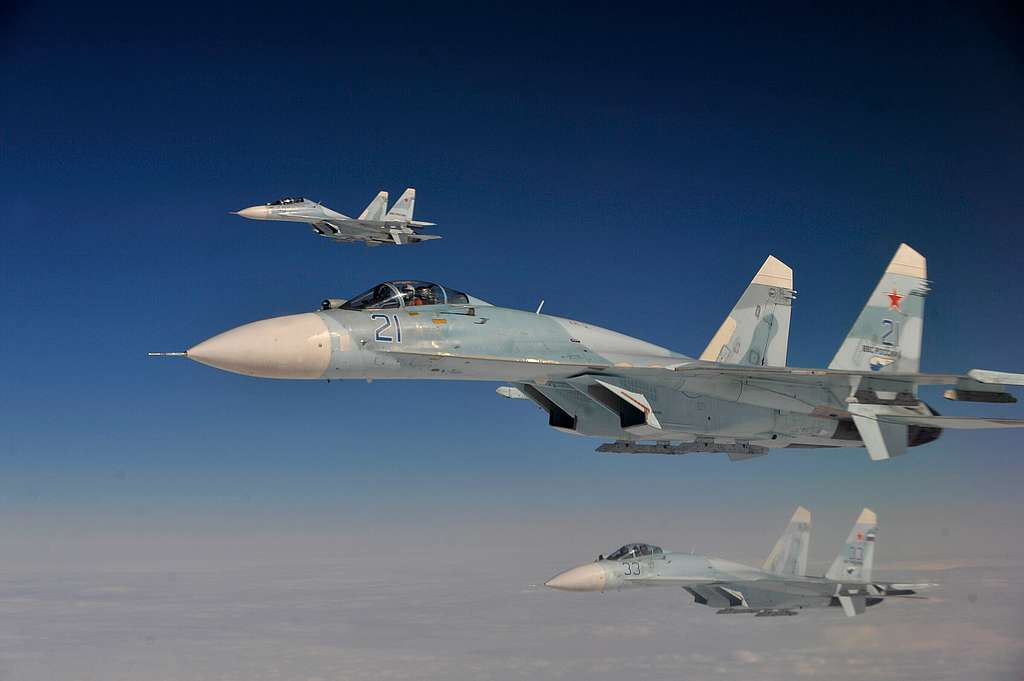
1. The S‑500’s Extensive Mission Set
The S‑500 Prometey, formally commissioned into service in 2021, was designed as a next‑generation shield to intercept medium and intercontinental ballistic missiles during their terminal phase, attack hypersonic weapons, destroy low‑orbit satellites, and disable enemy aircraft prior to entering Russian airspace. Central to its performance is the 98L6 Yenisei radar, a multielement AESA array with a claimed detection range of up to 600 km and altitude coverage to 100 km. This radar can operate in 360‑degree scan for broad surveillance or focus on narrow sectors to spot ballistic threats, feeding targeting data to both S‑500 and S‑400 batteries. Its downing by Ukraine’s Prymary special unit in Crimea earlier this year made a major dent in Russia’s early‑warning net.

2. Layered Defense in Practice
Russia’s new defensive setup combines long‑range S‑400 and S‑500 systems with Buk‑M3 medium‑range and Pantsir‑S1 short‑range units. The Pantsir, which is stationed in the vicinity of the Ukrainian border, is designed to engage low‑flying threats like drones and cruise missiles, bringing twin 30 mm autocannons together with 57E6 surface‑to‑air missiles. This multi‑layered design replicates NATO doctrine, in which overlapping zones of engagement provide a redundancy so that if one layer is defeated, another will engage. However, as the failure of an S‑500 battery in Crimea to intercept an MGM‑140 ATACMS, if a reported failure, illustrates, live combat performance can differ dramatically from design requirements.
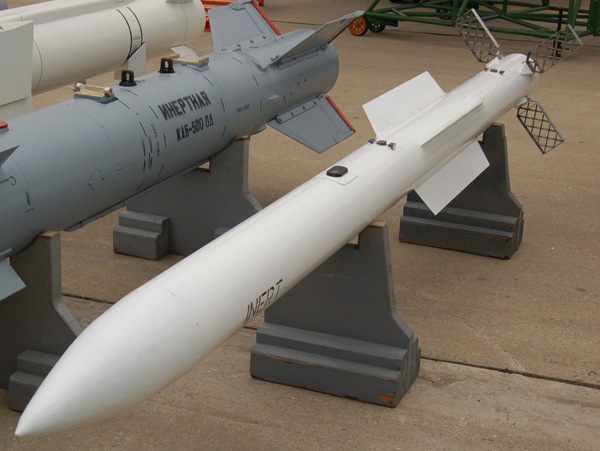
3. The Challenge of Saturation Attacks
More than 300 drones intercepted in 24 hours is indicative of Ukraine’s increasing use of massed swarms of UAVs to saturate Russian defenses. Large-scale salvo attacks, combining drones, cruise missiles, and ballistic weapons, have been the norm since 2022, with the typical wave size having tripled to almost 300 weapons by 2025. Mixed salvos require defenders to divide interceptors among threat types, raising the likelihood of leakage. The Russian Defence Ministry statistics imply a high rate of interceptions, but to maintain performance levels like this requires enormous munition stocks and ongoing sensor coverage.
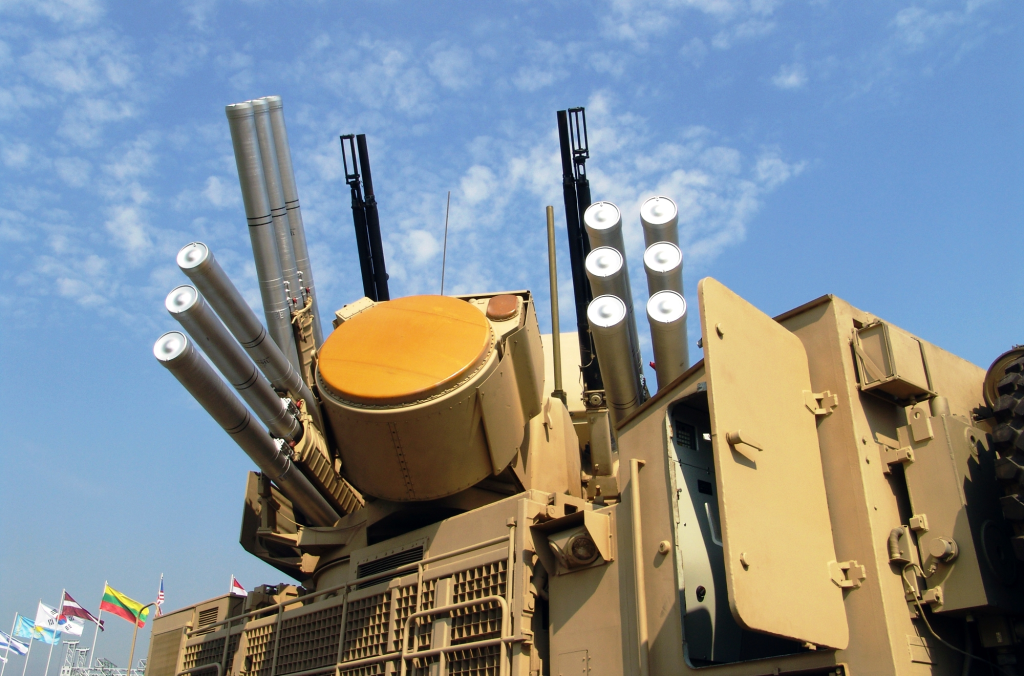
4. Drone Detection and Counter‑UAS Measures
Low-cost UAVs, typically low and slow, create special detection problems, occasionally being radar‑like birds. Russia uses electro‑optical trackers, close‑in radar, and acoustic sensors to alert interceptors. The Pantsir’s radar can spot targets with radar cross‑sections as low as 0.03 m², and its cannons offer an inexpensive antidote to expendable UAVs. Yet Ukraine’s advancements such as fiber‑optic‑guided UAVs that are jamming‑immune are undermining some of these benefits.
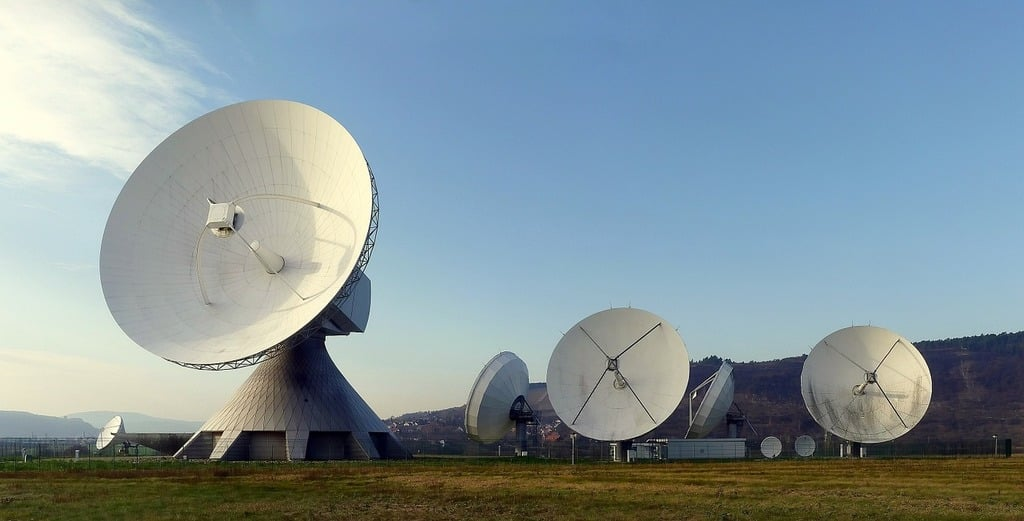
5. Attrition of Russia’s Radar Network
The Yenisei strike is one of a larger Ukrainian campaign aimed at high‑value radar assets, ranging from Nebo SVU and Podlet 1K ground radars through to Beriev A‑50U airborne early‑warning aircraft. The losses have been steep: from what is estimated to be seven A‑50Us before the war, perhaps as few as three are now left. Each knocked‑out radar creates blind spots, lowering reaction time for interceptors and compelling Russia to keep surviving assets in reserve, which weakens their deterrent impact.
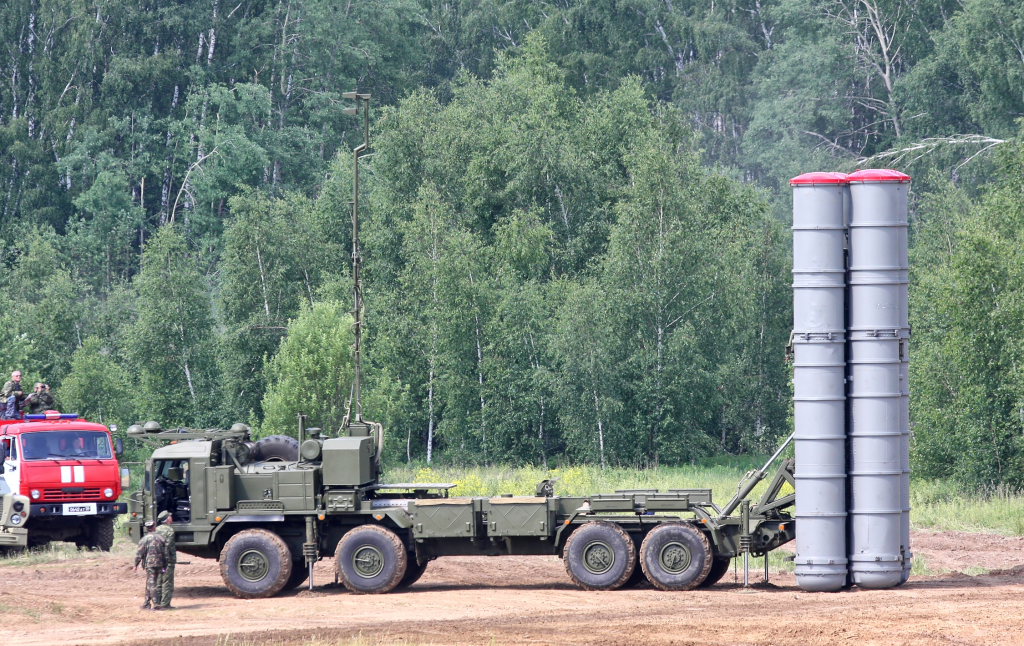
6. Mobility and Survivability of Air Defense Units
Ukrainian combat has highlighted that fixed GBAD locations are vulnerable. Mobility quickly moving launchers, radars, and command posts is key to staying alive. Decoys simulating S‑400 or Pantsir units are employed to absorb fire while actual systems move away. Displacement leaves gaps in coverage, which emphasizes the requirement for enough quantities to provide a continuous defensive umbrella.
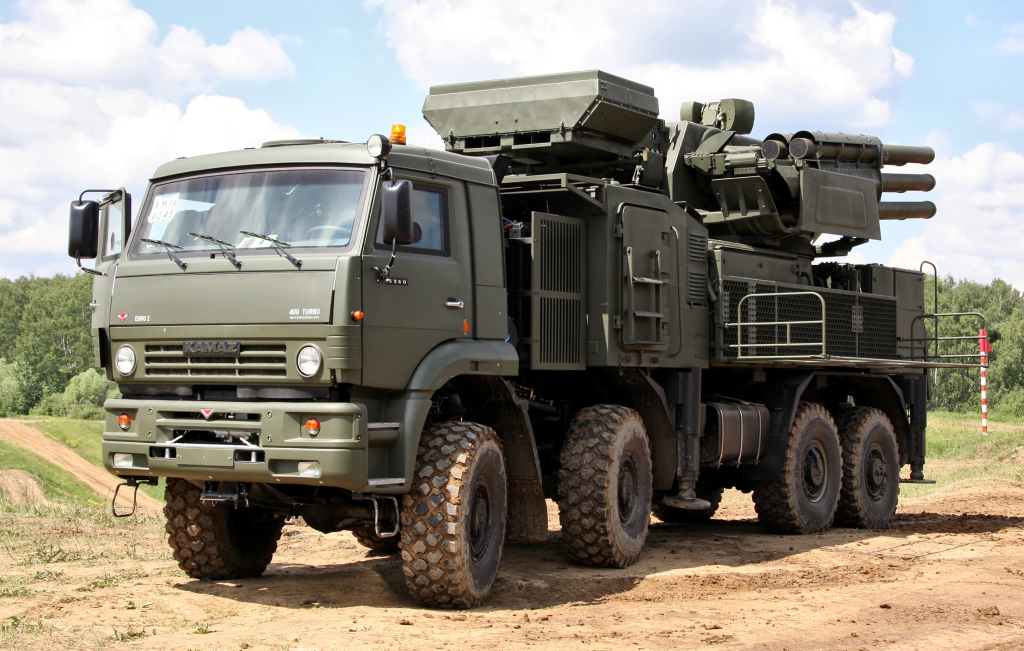
7. The Cost Equation in Drone Warfare
Defending against a $1,000 drone with a hundreds-of-thousands-of-dollars missile is not economically viable. Russian and Ukrainian doctrine both increasingly save costly interceptors for high-end targets, employing autocannons or electronic warfare to counter UAVs. The guns of the Pantsir, and platforms such as the German-provided Gepard in Ukrainian use, are evidence of the resurgence of gun-based air defense in the age of drones.
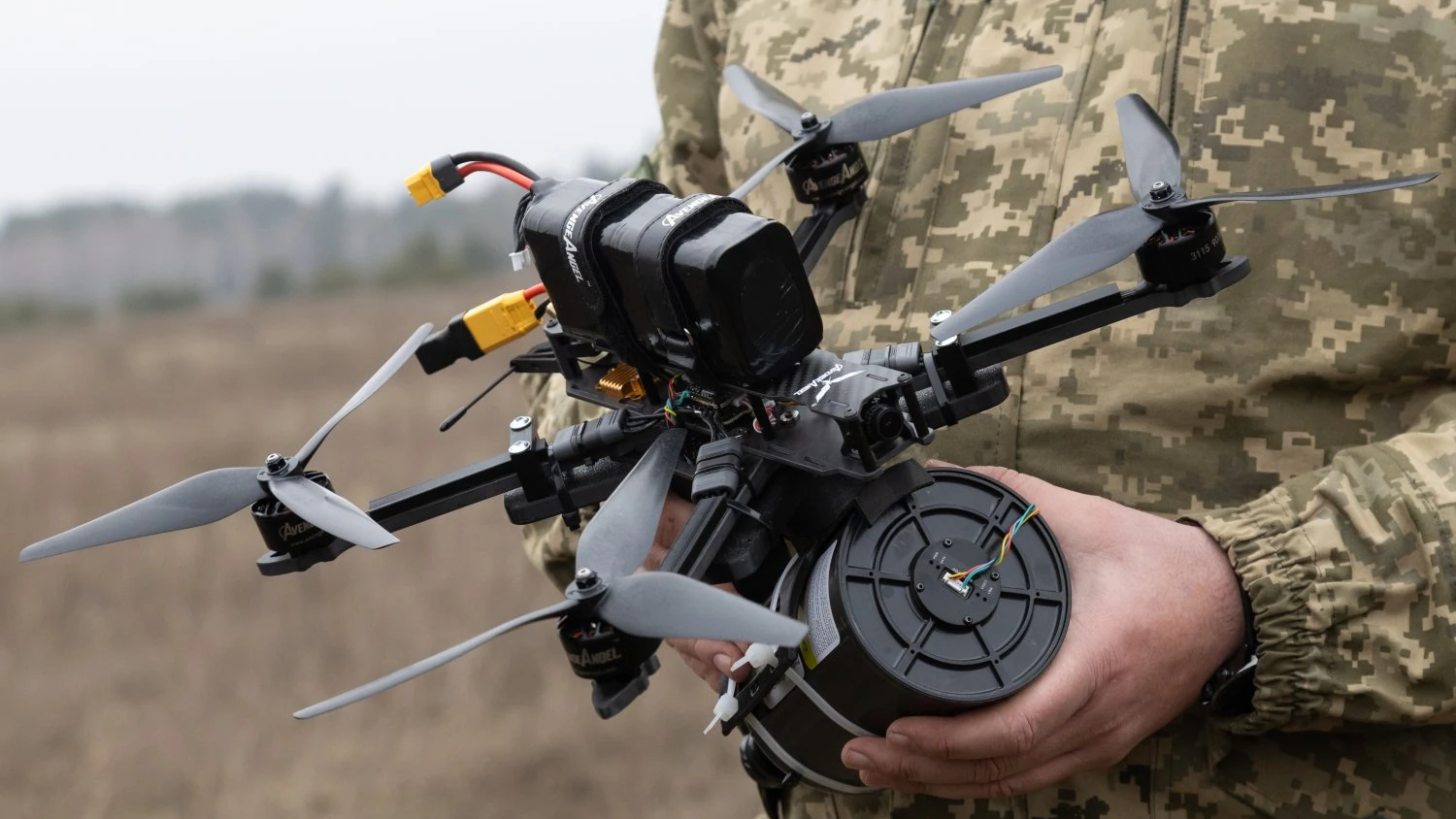
8. Ukrainian Tactics Driving Russian Adaptation
Ukraine’s integration of drones into offensive operations targeting radar sites, airfields, and logistics centers has compelled Russia to reallocate air defense assets and harden key sites. Incidents such as “Spiderweb,” in which AI-enabled FPV drones targeted strategic bombers, emphasize the asymmetric advantage of low‑cost, high‑precision systems against high‑value targets.
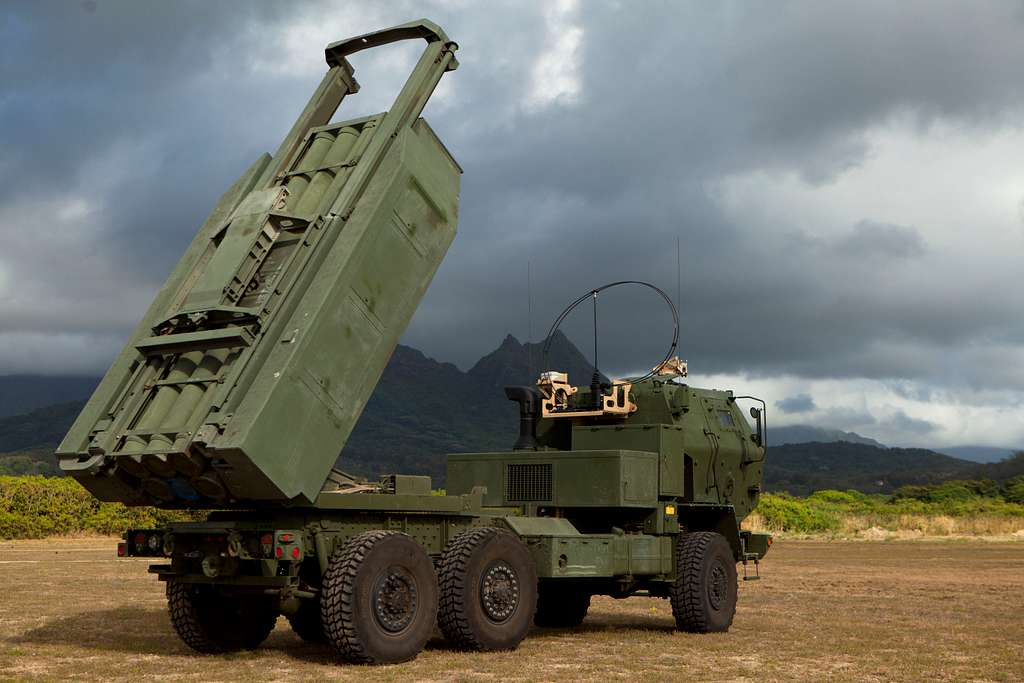
9. The Strategic Implications
The rates of interceptions indicate a defensive system under perpetual strain. Maintaining such levels will demand Russia to scale up interceptor manufacturing, incorporate new emerging counter-UAS technologies, and defend its sensor network against precision attacks. For Ukraine, the power to force Russia to spend vast numbers of interceptors on low-cost drones is itself a kind of strategic attrition.
The 24-hour battle in which 312 drones and seven HIMARS rockets were shot down is more than a numbers milestone it’s a snapshot of a technological and tactical competition in the skies above Ukraine, where both sides are discovering, learning, and experimenting with each other’s weaknesses in real time.
